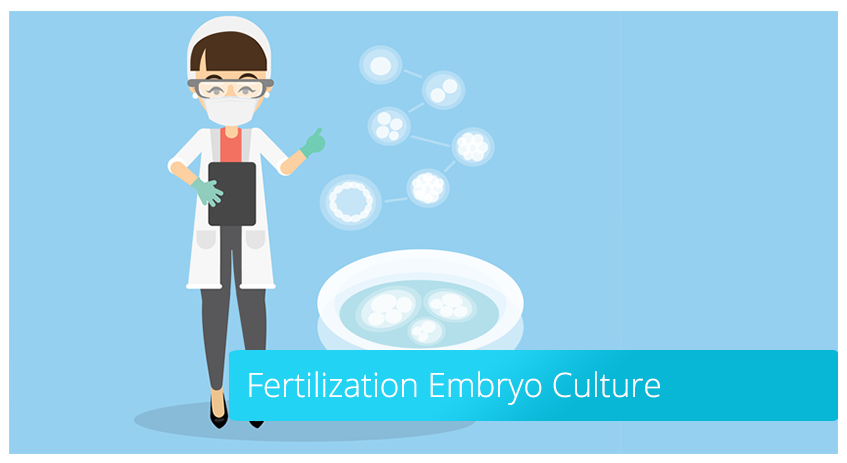Fertilization Embryo Culture
The frequently asked question is the difference between the IVF (in vitro fertilization) and the microinjection (ICSI/ intracytoplasmic sperm injection).
In classical method (IVF), 50-100.000 sperms are placed around each egg to allow fertilization. With microinjection method, a selected sperm is directly injected into the egg prepared by some operations.
After egg collection, the eggs that have been stored in a culture medium in the laboratory are peeled by a process called “peeling” just before microinjection process to remove other cells surrounding the eggs then mature eggs are identified. Only mature eggs can be used in microinjection process.
Sperms derived by ejaculation or other surgical methods involving testicles are processed with ‘sperm preparation’ techniques. With microinjection (intracytoplasmic sperm injection/ICSI) method, a living sperm is injected into an egg using special devices and stored in particular environments called incubator.
On the following day after the microinjection process, viewing two pronucleuses (nucleus) in the egg means that the egg has been fertilized. One of the nucleuses originates from the mother while the other originates from the father.
Two days after egg collection, fertilized eggs are divided to form 2-4 cell embryos. At the third day, the embryo is divided into approximately 8-10 cells. At the fifth day, embryo produces a space, and placenta and fetal tissues are started to develop. The embryo at this stage is called “blastocyst”.


Add Your Comment